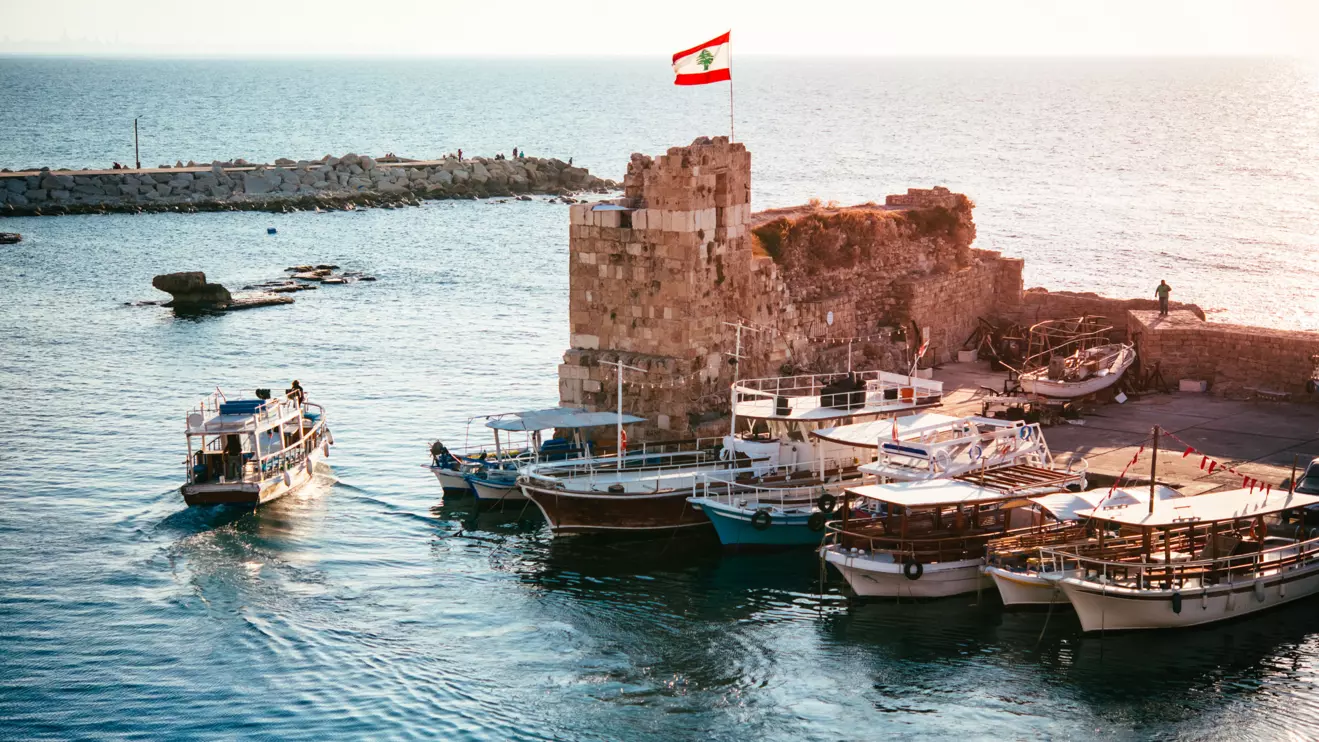Tourism revenues estimated by the Banque du Liban – the only entity in Lebanon to publish official figures for this sector – reached $5.41 billion in 2023, representing a slight increase (+1.7 percent) on the $5.32 billion achieved a year earlier.
These are inflows, i.e. money spent in Lebanon by visitors, who are mainly members of the diaspora. They accounted for 30.2 percent of Lebanese GDP in 2023, compared with 25.3 percent in 2022.
This result was lessened by the war that broke out in Gaza on Oct. 7, 2023 and has since spilled over into southern Lebanon, with some airlines stopping service to Lebanon and others reducing the number of flights to Beirut. At the beginning of the summer, the caretaker tourism minister, Walid Nassar, predicted in the press that revenues would total more than $7 billion over the year.
The total generated in 2023 is lower than the average of $6.11 billion recorded over the period from 2002 to 2022, reports Lebanon this week by Byblos Bank.
The record for this period dates back to 2019 ($8.3 billion) before Lebanon entered a period of severe economic crisis. Then, due to the global Covid-19 pandemic, tourism revenues dropped to $2.35 billion in 2020.
Outbound flows, on the other hand, were estimated at $3.69 billion, up sharply (+15.3 percent) on the $3.2 billion recorded in 2022.
This is well below the peak of $6.34 billion reached in 2019. This amount represents 20.36 percent of GDP, compared with 15.2 percent in 2022. In fact, net tourism revenues (inflows minus outflows) reached $1.72 billion, down 19 percent on the $2.13 billion recorded in 2022.
Lebanese tourism has rebounded well since 2020, driven by diaspora spending – even if not all sectors have benefited. According to the Ministry of Tourism, Lebanon welcomed 1,666,492 visitors in 2023, +13.68 percent in one year (far from the peak of 2.4 million reached in 2019). Prices in Lebanon also rose sharply between 2022 and 2023.


